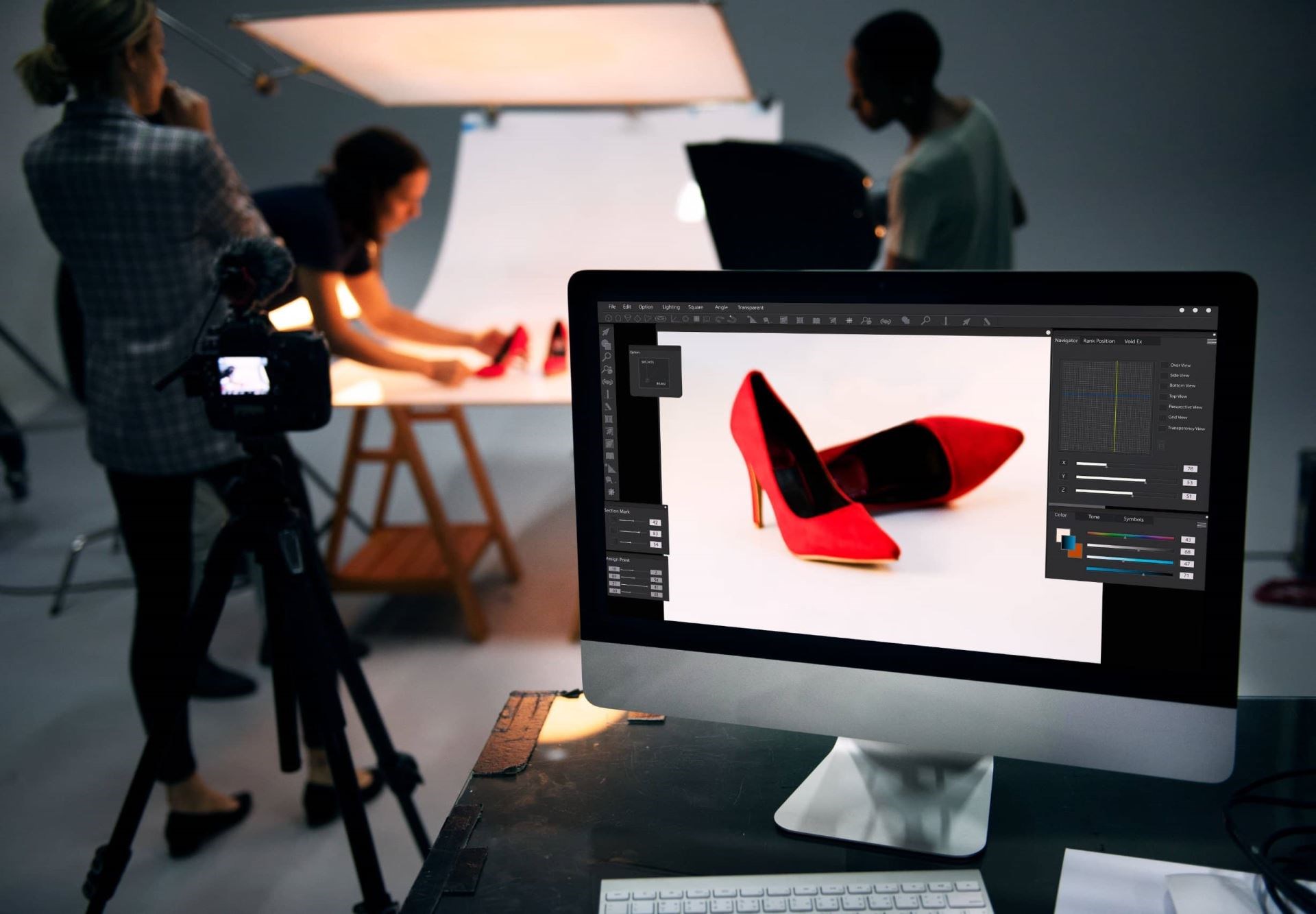When it comes to your website being found by customers searching on Google, many people undervalue or don’t think about the impact of images on their site rankings, and this is a mistake.
With website SEO, image isn’t everything (or should that be images aren’t everything?) but they still play an important role in the effectiveness of your websites SEO (search engine optimisation).
Here are 4 ways that you can use images to improve your websites SEO:
1. Name your images using keywords
Having the right file name for your images has various benefits. It helps to rank your image for searches and it also helps with the overall ranking of your page and website.
When Google crawls your website, it doesn’t just look at the keywords in the content and page content tags, it also looks at the alt text for images.
What is alt text on an image?
Alt text stands for ‘alternative’ text. Alt text is required on links and images because it’s used by screen readers for those with a visual impairment – not everyone adds alt text to links and images in a website but they should. When a user (with screen reading software) passes their mouse over an image or a link, their device will read out what their mouse has just revealed (which should be the ‘alt text/alternative text’).
Image alt text will also show if a browser is unable to render an image, and it’s useful to have this to help your visitors to your site. Make sure that all of your images have alt text that’s relevant to the image and, where possible, fits in with the keywords for your page.
2. Image filing structure
It’s also important to think about the file structure on your website and where you store your images. Google image guidelines have stated that they don’t just use the file name of your image to rank your site, but also the file structure.
In other words, use a file structure that uses, or relates to, your keywords. Store images in folders such as /shoes and /skirts if you are a fashion retailer, rather than /media.
If you run an online retail business then your eCommerce website designer will be able to help you with this.
3. Optimise images for speed and small screens
Large file-size images take longer to load when someone visits your site and not everyone is on super-fast broadband. Not only can this be frustrating for your potential lovely new customer, it also means that Google will most likely rank your website lower in search results.
Website visitors don’t like clunky slow websites and Google doesn’t want to recommend websites that can be frustrating so it makes sense that they count this in their ranking algorithms. All of the pages on your custom website need to load quickly, including the images. So website image size is something that you really should consider before you upload the image to your website.
Image compression
Image compression is the process for ‘how to make website images smaller but keep their quality’. It’s important to compress images so that you get the best balance between having a smooth sleek website and images that retain their quality (after all, nobody wants to buy a product where the images are pixelated!). Here’s a nifty free tool for compressing images for websites: https://imagecompressor.com/
It’s also important to consider what file type you are using. The two main formats to use for websites are .jpg and .png. PNG files are mainly for images that need to maintain a transparent background, such as a logo.
4. Responsive websites and images
Finally, consider how your images look when your website is viewed on a mobile device. As well as the fact that a growing number of people use mobile devices nowadays to view websites, it’s an important factor in SEO ranking.
Having frustrated customers who don’t stay on your site when using their mobile is a great way of saying to Google “Hey, nobody likes using or staying on my site, I’m ok if you rank my competitors higher than me…”.
The best way to display images for mobile devices (besides keeping the file size down) is to ensure your website is responsive, which is turn creates responsive images that adjust to the screen size of your customers device.
As well as helping with SEO, you will also have happier website visitors who will love the design and flow of your site!
If you need help understanding how to compress images or make your website responsive, your web designer will be able to help. At aprompt, we provide custom website design that ensures your website and images within it are optimised for mobile devices - and for the best search results.
Being found in Google Images
If you want your images to appear in Google Images search results pages then optimising your page title and description is important. Google uses this meta information (as well as other tags on your page) when ranking images. Therefore from a content perspective, your page title and description should be optimised with the right keywords - and this is also important from an image ranking perspective, so remember to optimise your page title and description, as well as those images!
Need help with your website, images and SEO?
At aprompt, we design great-looking websites for our customers that are optimised for search engine results. Whether it’s custom website design or you need help from eCommerce website designers - we can help.
Call aprompt - your local website designers in Wiltshire for a free chat and to find out how you can get better results from your website.

